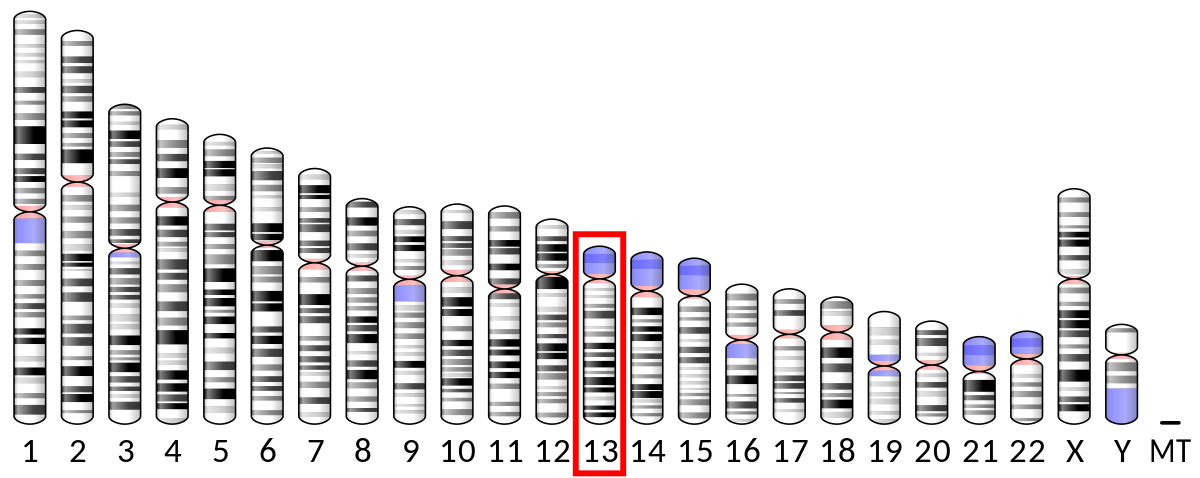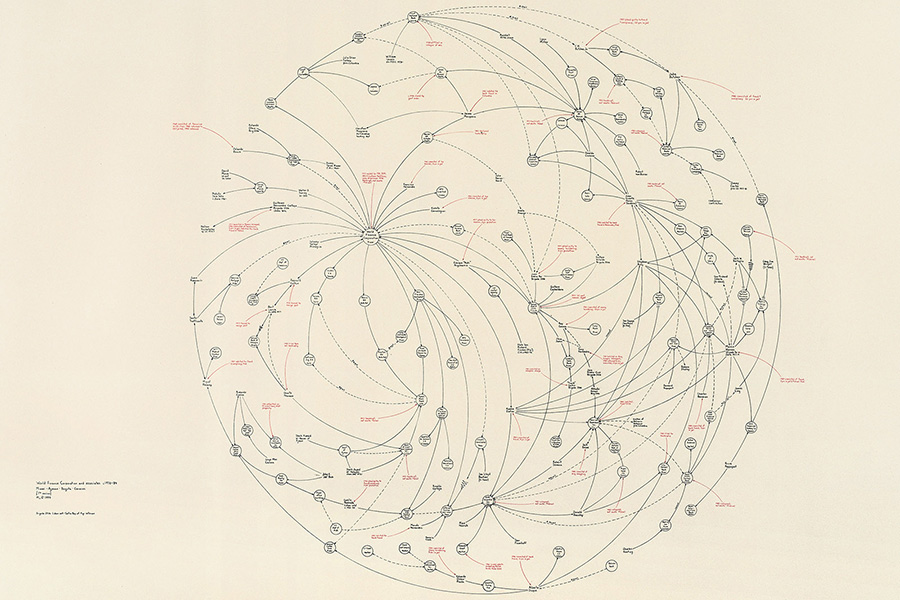Pfaffian - Wikipedia
In mathematics, the determinant of an m×m skew-symmetric matrix can always be written as the square of a polynomial in the matrix entries, a polynomial with integer coefficients that only depends on m. When m is odd, the polynomial is zero. When m is even, it is a nonzero polynomial of degree m/2, and is unique up to multiplication by ±1. The convention on skew-symmetric tridiagonal matrices, given below in the examples, then determines one specific polynomial, called the Pfaffian polynomial. The value of this polynomial, when applied to the entries of a skew-symmetric matrix, is called the Pfaffian of that matrix. The term Pfaffian was introduced by Cayley (1852), who indirectly named them after Johann Friedrich Pfaff.
which was first proved by Cayley (1849), who cites Jacobi for introducing these polynomials in work on Pfaffian systems of differential equations. Cayley obtains this relation by specialising a more general result on matrices that deviate from skew symmetry only in the first row and the first column. The determinant of such a matrix is the product of the Pfaffians of the two matrices obtained by first setting in the original matrix the upper left entry to zero and then copying, respectively, the negative transpose of the first row to the first column and the negative transpose of the first column to the first row. This is proved by induction by expanding the determinant on minors and employing the recursion formula below.
One can make use of the skew-symmetry of A to avoid summing over all possible permutations. Let Π be the set of all partitions of {1, 2, ..., 2n} into pairs without regard to order. There are (2n)!/(2nn!) = (2n − 1)!! such partitions. An element α ∈ Π can be written as










